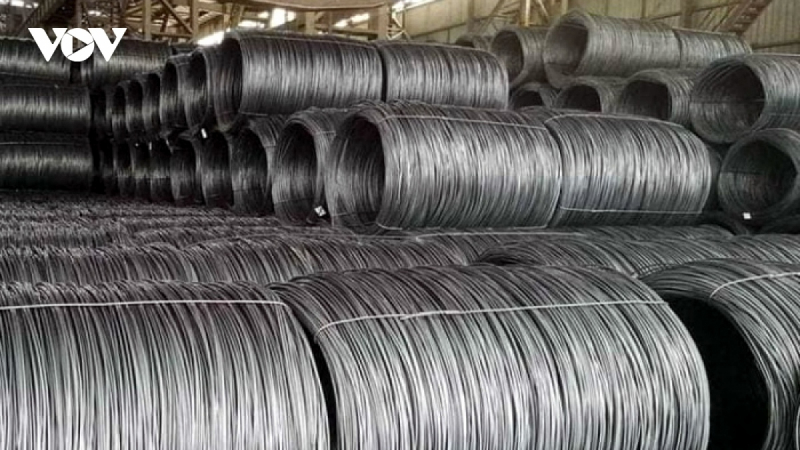Vietnamese iron and steel imports hit record high in first half
Vietnam imported over 8.22 million tonnes of iron and steel during the first half of this year, up 48% in volume and 25% in value compared to the same period from last year.

According to the latest report released by the General Department of Customs, Vietnamese iron and steel imports in June alone hit more than 1.2 million tonnes valued at more than US$934 million, down 17% in volume and 17.3% in value compared to the previous month.
Import prices in June stood at US$727 per tonne, a drop of 17% on-year.
China was widely viewed as the leader in the iron and steel supply market throughout the reviewed period, reaching nearly 5.7 million tonnes, equivalent to US$366 million, marking a sharp annual increase of 86% in volume and 59% in value.
This was followed by the Japan with 878,851 tonnes valued at more than US$878 million; and the Republic of Korea (RoK) with 568,335 tonnes, worth over US$540 million.
Since 2015, the industry has emerged as a leading manufacturer within ASEAN in terms of both the production and consumption of finished steel products. In 2023, the country 's crude steel production obtained an impressive output of 20 million tonnes, thereby propelling the nation to 12th position globally.
Also in June alone, Vietnam imported 886,000 tonnes of hot-rolled steel, making up for 151% of the domestic production volume. Of this volume, 77% of the total came from the Chinese market.
The first half witnessed the country spend US$3.46 billion on importing nearly six million tonnes of hot-rolled coil (HRC) steel, a 32% rise on-year. The import volume held 173% of domestic production. Of which, steel from the northern neighbour accounted for 74% of the total at US$2.5 billion, while the rest came from the RoK, India, and Japan.
Due to the risks of being flooded by cheap imported HRC steel, experts suggested that relevant agencies should continue to build standards for technical and quality management, technical barriers, as well as moving to implement trade remedy measures in a bid prevent poor-quality products from being imported into the country.

